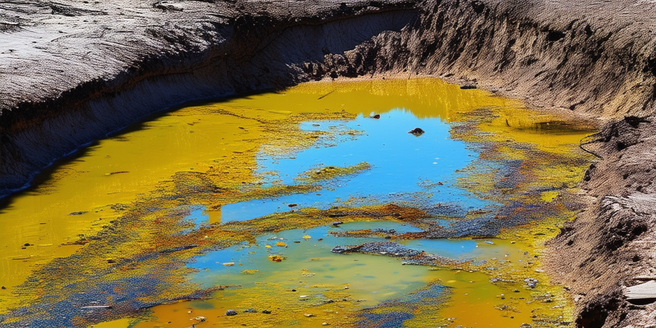
Understanding the Concept: What Are Environmental Mass Torts?
Environmental mass torts are a law field focusing on cases where multiple plaintiffs hold one or a small group of parties accountable for environmental harm. Typically manifested as groundwater contamination affecting communities or health issues due to poor air quality, victims utilize collective litigation to fight for justice. It’s a significant instrument for corporate accountability, penalizing entities that have negatively impacted the environment and jeopardized public well-being. Often involving industrial pollutants or extensive environmental degradation, proving such cases demands rigorous research, expert witnesses, and careful evidence collection.
Environmental mass torts historically have effectively held corporations accountable for environmental damage, thereby serving as a powerful tool for environmental justice and a potent symbol of people’s right to challenge corporations. They remind corporations of their duty towards people and environmental health and safety amidst industrialization and technological progresses. Looking forward, these torts will remain fundamental in ensuring corporations balance development with environmental responsibility and the planet and its inhabitants’ well-being.
Pleading Environmental Mass Torts: Proving Causation and Harm
The concept of ‘Causation’, the key link between the defendant’s actions and the plaintiffs’ damage, plays a critical role in successful environmental mass torts. To establish causation, plaintiffs must provide evidence that the defendant’s actions exposed them to toxins or hazardous substances, and subsequently caused their injuries. However, these claims cannot be based on assumptions; they must directly trace to the alleged toxins or substances, requiring the harm to be clear, direct, and unmistakable. Furthermore, these cases require solid scientific evidence that unambiguously links the toxic exposure to the harm, along with the support of expert testimonies from individuals skilled in relevant scientific or medical fields. Their insights are critical in establishing the cause-effect relationship between negligent exposure and harm. Therefore, the plaintiffs must carefully demonstrate that the defendant directly exposed them to dangerous substances, causing their injuries, through comprehensive scientific evidence and robust expert testimonies.
Case Studies: Significant Mass Torts and Their Impact on Environment
The infamous Deepwater Horizon oil spill was a tragic environmental accident with massive consequences for the environment and its inhabitants. The damages caused by such incidents are immense, thereby underscoring the need for companies to be held accountable for their actions. In this case, BP was found guilty and subsequently fined billions in damages. This incident served as a grim reminder of the potential devastation caused by environmental pollution. It also highlighted the critical role of mass torts in a legal context. Mass torts are used to address cases where multiple people have been adversely affected by the neglectful actions of a single entity. Through this system, the numerous victims of the Deepwater Horizon oil spill could collectively sue BP, demonstrating the efficiency and value of the tort system in delivering justice against powerful corporations. The case also emphasized the importance of strict environmental regulation in preventing such incidents and the indispensable role of mass torts in providing victims with a means of obtaining reparation.
The Role of Litigation in Addressing Environmental Damage
Litigation plays a crucial role in addressing environmental damage by highlighting harmful activities on both a local and global scale through simple lawsuits and complex legal proceedings. It holds accountable those who cause undue environmental harm, often leading to compensation for victims. This financial penalty serves as a deterrent to potential future offenders. Moreover, such legal actions influence society’s interaction with its environment in two significant ways. They often result in the creation of more stringent environmental protection policies and establish a potent legal precedent, asserting that individuals and corporations can be held responsible for environmental harm. This precedent serves as a strong deterrent, encouraging more sustainable behaviors, and promoting a healthier future for our planet. Thus, litigation not only combats existing environmental harm but also paves the way for a more responsible, eco-friendly future.
Future Outlook: Can Mass Torts Influence Policies for Better Environmental Protection?
Environmental mass torts wield a significant influence on policy-making and corporate behavior, encouraging businesses to prioritize environmental protection over profit to avert substantial liability in damages. Such lawsuits also result in legislative adjustments by drafting stringent laws geared towards environmental preservation, thus deterring more similar lawsuits in the future, protecting the environment, and reducing the state authorities’ legal accountability. Besides corporations and legislation, mass torts also prompt societal changes by rousing public consciousness to environmental issues. Thus, mass torts aren’t merely about assigning financial liabilities but serve as a catalyst for enhancing environmental awareness, fostering corporate responsibility, triggering legislative action, and guiding us towards an environmentally considerate society. These changes underline the compelling impact of mass torts in promoting environmental protection.
